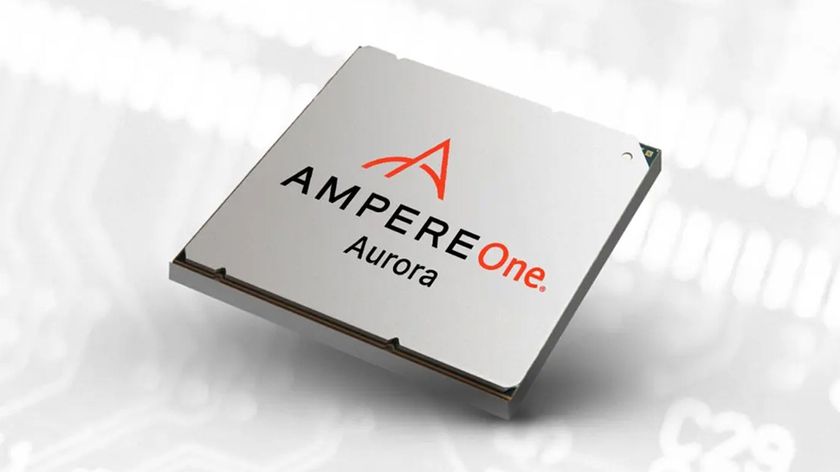The 5 disruptive business models powered by smart tech
Samsung Towards a Smarter Society report: Part 6
The era of smart living will usher in many more of such hubs. For instance, our smart TVs and tablets, too, can be the 'control centre' of the HAT at home, enabling us to adjust everything from radiator levels and lighting to washing machine and dishwasher timers.
Perhaps even more engaging for the family is the role of the smart TV in further enhancing our omnichannel shopping experience.
Not only can we use the smart TV for online shopping similar to the way we currently do so on the PC or mobile devices, we are also able to identify a dress seen worn by our favourite actress and instantly discover where we can purchase it, place an order and arrange for collection – all these while sharing the joy of discovery, and perhaps even some banter with the family.
Smart TVs with smart sensors, or those connected to other smart devices, can also perform a quick scan of our iris, or read data from a diagnostic patch applied on our wrist, and produce basic diagnoses of our health condition every day, and thereafter provide a range of lifestyle options we can choose from.
5. Co-creation and democratisation of production
Our role within production networks and value chains in a smart society is radically transformed. No longer are we passive buyers of goods and services that firms roll off the production line and market to us. Because of the boundless possibilities enabled by a combination of connected devices, big data, digital technologies and smart platforms, we are able to actively participate in the production process and engage more closely throughout the value chain. The era of smart is the era of co-creation.
Through the HAT, for example, we can co-create products and services that fit our needs and wants almost perfectly by supplying our context-rich personal data to businesses of choice and public services.
The smart society will also experience a democratisation of production as a result of deep personalisation and co-creation that is enabled by 3D printing. Smart additive layer manufacturing technologies have the potential to place production choices much more in the hands of individuals, resulting in disruption to traditional supply chains in similar vein to what happened in the music industry. The individual will enjoy an unprecedented level of autonomy and choice.
Are you a pro? Subscribe to our newsletter
Sign up to the TechRadar Pro newsletter to get all the top news, opinion, features and guidance your business needs to succeed!
- Working on the Towards a Smarter Society report in partnership with Samsung UK, Charles Levy is a Senior Economist at The Work Foundation and David Wong a Researcher at the Big Innovation Centre. Follow the links for Part 1, Part 2, Part 3, Part 4, Part 5 and Part 7 of the report.
References: [1] These networks are also known as two- or multi-sided markets. See Parker, G.G. and Van Alstyne, M.W. (2005), "Two-sided network effects: a theory of information product design", Management Science, 51(10): 1494-504; and Rysman, M. (2009), "The economics of two-sided markets", Journal of Economic Perspectives, 23(3): pp.125–43. [2] Mearian, L. (2013), "Self-driving cars could create 1GB of data a second", Computerworld, 23 July, http://www.computerworld.com/s/article/9240992/Self_driving_cars_could_create_1GB_of_data_a_second, accessed on 16 May 2014. [3] Wong, D. (2012), Data is the Next Frontier, Analytics the New Tool: Five Trends in Big Data and Analytics, and Their Implications for Innovation and Organisations, London: Big Innovation Centre. [4] Ng, I.C.L. (2014), Creating New Markets in the Digital Economy: Value and Worth, Cambridge: Cambridge University Press.












